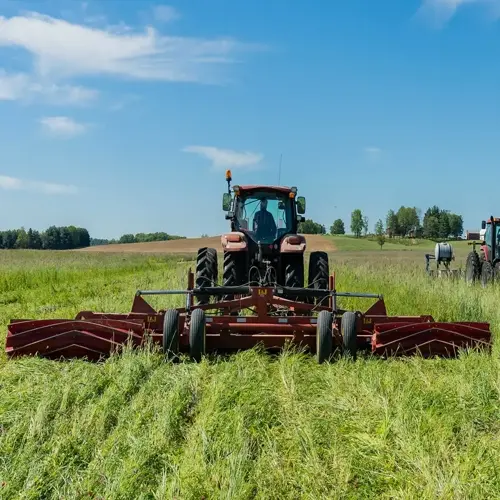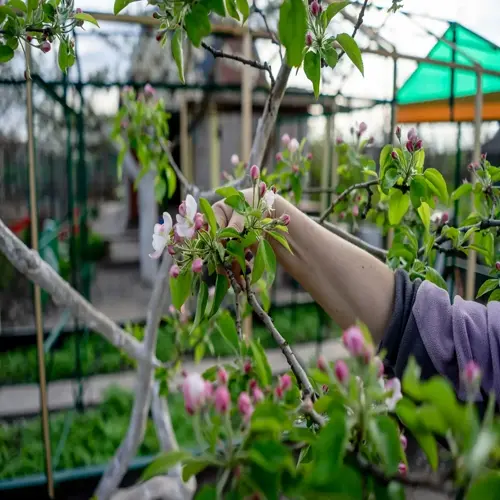Do drought-resistant plants need special soil preparation?

Written by
Benjamin Miller
Reviewed by
Prof. Martin Thorne, Ph.D.Special soil preparation enables drought-resistant plants to get the most from their capabilities because while these plants can adjust themselves to dry conditions, perfect soil gives them more than usual resistance and takes from their need for water. Certain soil modifications are made to create an ideal environment for the plant's roots, where moisture is retained while being effectively eliminated. I have seen the most starving gardens even during dry seasons, while others have come to grief because of this.
Organic Amendments
- Mix compost at 30% volume to improve water retention
- Add coconut coir for moisture-holding capacity in sandy soils
- Incorporate leaf mold for slow nutrient release
Drainage Enhancement
- Use perlite or pumice to prevent waterlogging in clay
- Create gravel drainage layers for potted specimens
- Slope planting beds to avoid standing water
Depth Requirements
- Till 12-18 inches deep for deep-rooted shrubs like lavender
- Prepare 8-inch depth for shallow-rooted succulents
- Double-dig compacted areas to break hardpans
Surface Protection
- Apply 3-inch gravel mulch to reduce evaporation
- Use living mulch like creeping thyme between plants
- Replenish organic mulch annually in fall
Before planting, always run a soil test. Dig a 12-inch hole, fill with water, and time it so you can analyze what will be needed. If any soil takes longer than 4 hours to drain, it will require the addition of perlite to improve its drainage properties. If a sandy soil drains in less than 30 minutes, it will need to have compost added to it. To run a soil test in your clients' yards, carry a pocket drainage timer.
Establish depths for various plants, creating raised pads for securing ocean herbs that require sharp drainage, and also make shallow basins for the agave plants to catch the small rains that do fall. Micro-zoning is practiced, thus imitating natural habitats. My clients cut their irrigation down 60% by following these principles.
Top-dress each year for soil health. Each spring, apply one inch of compost around the plants. Do not cultivate established gardens; this will disturb the soil structure. The pH should be checked annually, as acidic soils are less tolerant of drought. Simple care will provide years of low-water beauty.
Read the full article: Top 10 Drought Resistant Plants for Gardens

